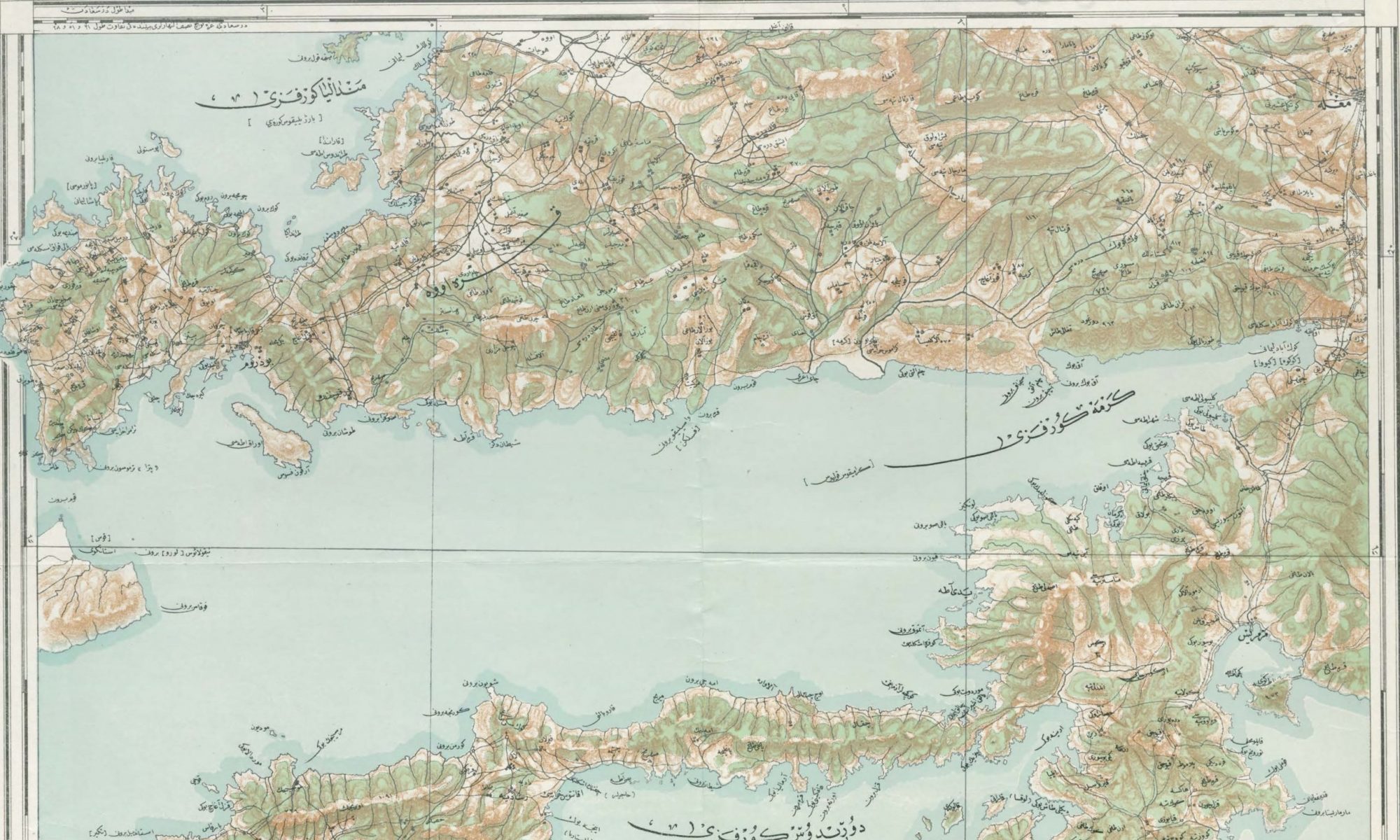In AY 2019-20, Karim was one of the co-organizers of the Middle Eastern, South Asian and African Studies Post-MPhil colloquium and has focused on bringing evidence-based pedagogical discussions to the colloquium. In the session observed, Karim co-facilitated the discussion with me. The topic of the session was student motivation and its relationship to instructional approach, with additional attention to how course climate and access and retrieval of prior knowledge factor into student motivation.
This course is a series intended for post-MPhil doctoral candidates in the department of MESAAS. The colloquium is a graduate student-led series that meets weekly on Monday evenings from 4-6pm and session topics vary across a range of professional development topics including pedagogy and job market preparedness in addition to periodic discussions of chapter drafts submitted by participants in the colloquium.
Please email me for a copy of the full and official observation report.
Observation Comments and Recommendations
• Karim exercised a clear and concise facilitation style that foregrounded participation over content delivery.
• Karim was a thoughtful facilitator. His responses to participants’ questions were clear and concise and modeled respectful intellectual engagement. In particular, as one participant leaned theoretical—in a session aimed primarily at the practical implications of research on motivation— Karim was able to redirect the conversation by building off of the participant’s comment and providing a productive, practical example to ground the conversation. In another instance, Karim responded in the discussion by acknowledging his peer by name, recasting her prior comment, and indicating that their end goals were the same, but they “may differ in our [their] approach.” This emphasized that the discussion was a non-partisan space with no one way to approach student motivation, but instead a space where all contributions were able to be heard and evaluated for the group’s collective learning.
• Though Karim’s facilitation style afforded participants plenty of room to speak and react to one another, we agreed that Karim could have intervened more often or delivered specific content slightly more often. In our debrief, Karim highlighted a self-awareness of his positionality relative to that of the participants. His status as a peer made him wary of leading with too much content lest it be read as his pushing an agenda on them.
• In our debrief reflections, it was agreed that instead of assigning the Ambrose (2010) reading on student motivation as a follow-up reading, the text could be made into an optional pre-reading. The belief being that some would likely complete the reading and refer to it in the session and alleviate the pressure on Karim to be the only source of that research.
• Participant engagement in the session was strong, nearly all contributed and demonstrated interest and attention.
• As mentioned earlier, Karim’s facilitation style made a lot of space for participation and he modeled how to respectfully differ from a peer in his approach while validating the peer’s contributions. All but one participant spoke during the session and productively built off of their peers’ contributions in ways that demonstrated their attention and engagement in the discussion.
• There were moments of silence that fell after a few of Karim’s contributions to the discussion. Karim expressed concern that his peers were uninterested in his contributions and that perhaps he was breaking up the dialogue happening between other members of the session. At our debrief, I shared with Karim that from my perspective the silence had been the normal silence of folks processing the information they’d just heard (perhaps magnified by the virtual format, which was new to all) and that perhaps they were unclear as to what his role was versus my own due to the late start to the session in which some folks missed introductions.
• Putting aside the specific challenges faced this year, Karim and I discussed that a future iteration of this session necessitated a clearer statement about Karim’s role as co-facilitator and not as peer contributor / attendee. Additionally, I would encourage Karim to imagine alternative readings of his peers’ reactions (i.e., silence doesn’t mean disinterest, but rather pensiveness or uncertainty).
• It was evident that the lesson plan helped participants achieve the learning goals and recognize the possibility that their own instructional moves might impact student motivation either positively or negatively.
• Karim’s ideas for this session balanced MESAAS’s particular concerns about methodology with evidence-based pedagogy. I observed evidence that participants had met the learning goals in various ways. One manifestation was a visible “a-ha” moment that several students had upon considering an alternative reading of a student’s behavior in class (e.g., perhaps the student shut down because they were unsettled that they were alone in their beliefs, not because they had written off the ideas of their peers). Another piece of evidence was seen in the way participants leaned into their own teaching experiences, their values as educators, and the moments that were
transformative or motivational to themselves. There were several participants who mentioned “a-ha” moments at this point as well, reflecting on how their personal motivators may not be shared by their students.
• Though it was evident that learning goals were being achieved by the most vocal participants, as an observer I was less certain that the more reserved students had met those goals. Karim and I discussed that a future iteration of the session could consider an alternative entry point to the conversation that doesn’t rest on sharing a personal teaching experience.
• One idea that Karim recommended as a next step for this session was to pursue the development of a case study that would allow those without (or reticent to share) a personal teaching story to draw from for discussion. We agreed that this could spark conversation and draw in shier voices, provide a useful model for the types of stories to tell, and provide a means for better assessing everyone’s achievement of the learning goal.
